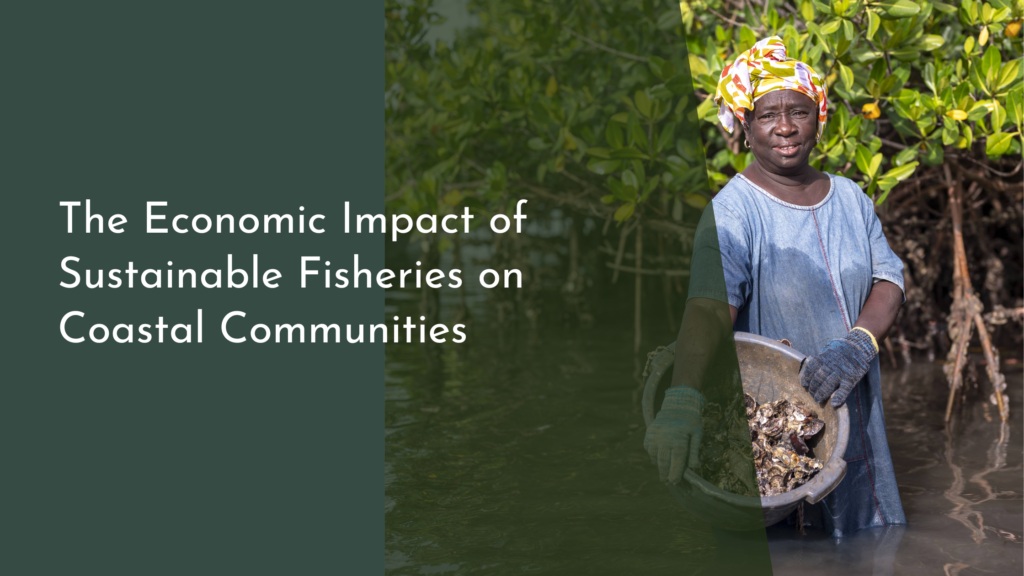Evaluating the Return on Investment for Rainwater Harvesting Projects
In an era where sustainable practices are gaining momentum, rainwater harvesting emerges as a viable solution for both residential and commercial applications. As individuals and organizations consider the implementation of these systems, understanding the return on investment (ROI) becomes crucial. Evaluating the ROI for rainwater harvesting projects not only highlights the economic benefits but also showcases the long-term advantages for the environment and community. This article will guide you through the fundamentals of rainwater harvesting ROI, its key benefits, cost calculations, and inspiring success stories.
Understanding the Basics of Rainwater Harvesting ROI
Rainwater harvesting refers to the collection and storage of rainwater for later use, reducing dependency on municipal water supplies. To assess the ROI of such projects, it is essential to analyze both upfront and ongoing costs against the financial benefits and savings over time. Investors must consider factors like installation expenses, maintenance, and potential rebates or incentives that could influence the initial investment. With a growing emphasis on sustainability, many governments offer financial incentives for rainwater harvesting systems, which can significantly alter the ROI landscape.
Furthermore, the ROI of rainwater harvesting isn’t solely about monetary gain; it encompasses environmental advantages as well. By reducing stormwater runoff and mitigating flooding risks, these systems contribute to local ecosystems and promote responsible water management. When determining the ROI, it is essential to factor in these qualitative benefits alongside quantitative metrics, creating a comprehensive understanding of the project’s overall impact.
Key Benefits of Investing in Rainwater Systems
Investing in rainwater harvesting systems offers numerous advantages, particularly in regions prone to water scarcity. By utilizing harvested rainwater for non-potable applications such as irrigation, toilet flushing, and washing, property owners can significantly reduce their water bills. In areas where water costs are steadily rising, this can translate into substantial savings over time, making rainwater harvesting a financially wise decision.
Moreover, rainwater harvesting systems contribute to environmental sustainability. They help conserve potable water sources and minimize the strain on municipal water supplies, thereby promoting a more balanced ecosystem. Implementing these systems can also enhance property value, as eco-friendly features are increasingly sought after by buyers. These combined benefits create a compelling case for investing in rainwater harvesting, making it an attractive option for both individuals and businesses looking to improve their sustainability practices.
Calculating Costs and Savings: A Clear Approach
To accurately evaluate the ROI of a rainwater harvesting project, a detailed cost analysis is essential. Start by calculating the initial investment, which includes expenditures for system design, installation, and any necessary permits. Additionally, it is vital to account for ongoing maintenance costs, which can vary depending on the size and complexity of the system. Once you have a clear picture of the investment, you can move on to calculating potential savings.
The next step is to estimate savings on water bills, factoring in local water rates and the volume of rainwater you expect to collect based on historical rainfall data. Some projects may also yield savings in landscaping costs or reduced stormwater management fees. By comparing the total costs with anticipated savings over a defined period, you can begin to calculate the ROI. A positive ROI indicates that the project is a sound investment, while a negative ROI may prompt a reevaluation of system design or cost factors.
Success Stories: Real-Life ROI from Rainwater Projects
Numerous successful rainwater harvesting projects showcase the potential ROI of these systems. For instance, a school in California implemented a rainwater harvesting system that not only supplied water for irrigation but also served educational purposes. The project cost $50,000 initially, but the school saved around $5,000 annually in water costs, leading to a payback period of just ten years. Additionally, the system provided a hands-on learning experience for students about sustainability, further enhancing its value.
Another example comes from a commercial facility in Texas that installed a rainwater harvesting system to reduce its reliance on city water. With an initial investment of $100,000, the facility experienced significant savings on water bills—approximately $15,000 annually. The reduction in stormwater runoff not only improved the surrounding environment but also aligned with the company’s commitment to sustainability. Within seven years, the ROI proved to be highly positive, demonstrating the potential for long-term financial and ecological benefits.
Evaluating the return on investment for rainwater harvesting projects reveals a wealth of opportunities for both savings and sustainability. By understanding the basics of ROI, recognizing the key benefits, and calculating costs and savings, individuals and organizations can make informed decisions about implementing these systems. The success stories from various projects reinforce the notion that investing in rainwater harvesting is not just a smart financial move but also a meaningful contribution to environmental stewardship. As we continue to embrace sustainable practices, rainwater harvesting stands out as a cheerful and responsible choice for our future.

